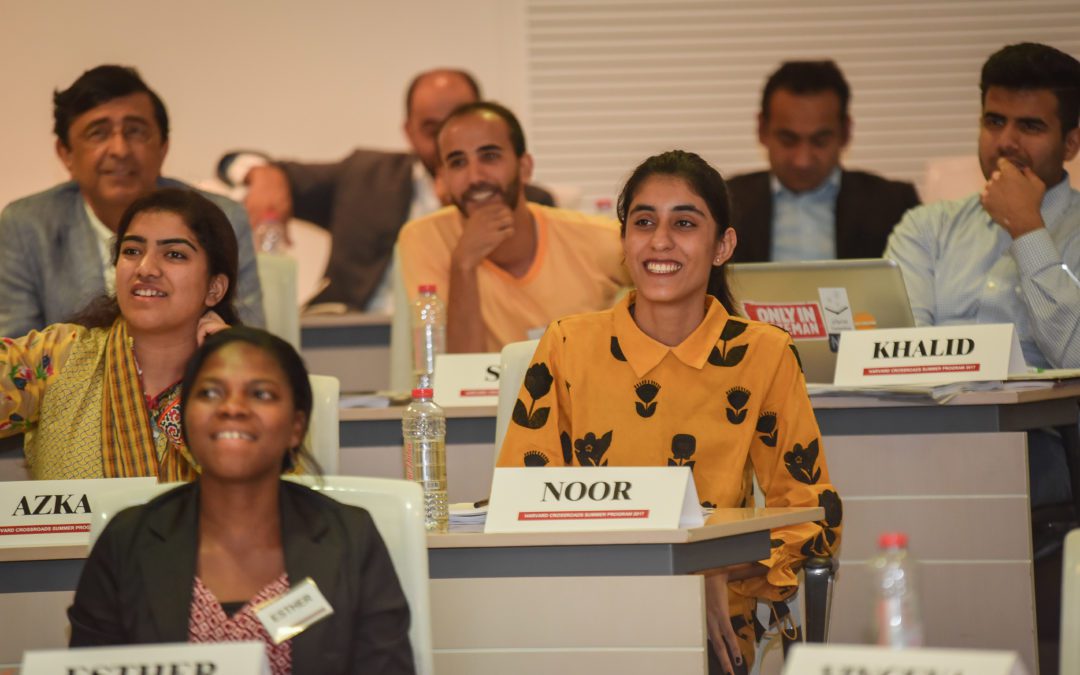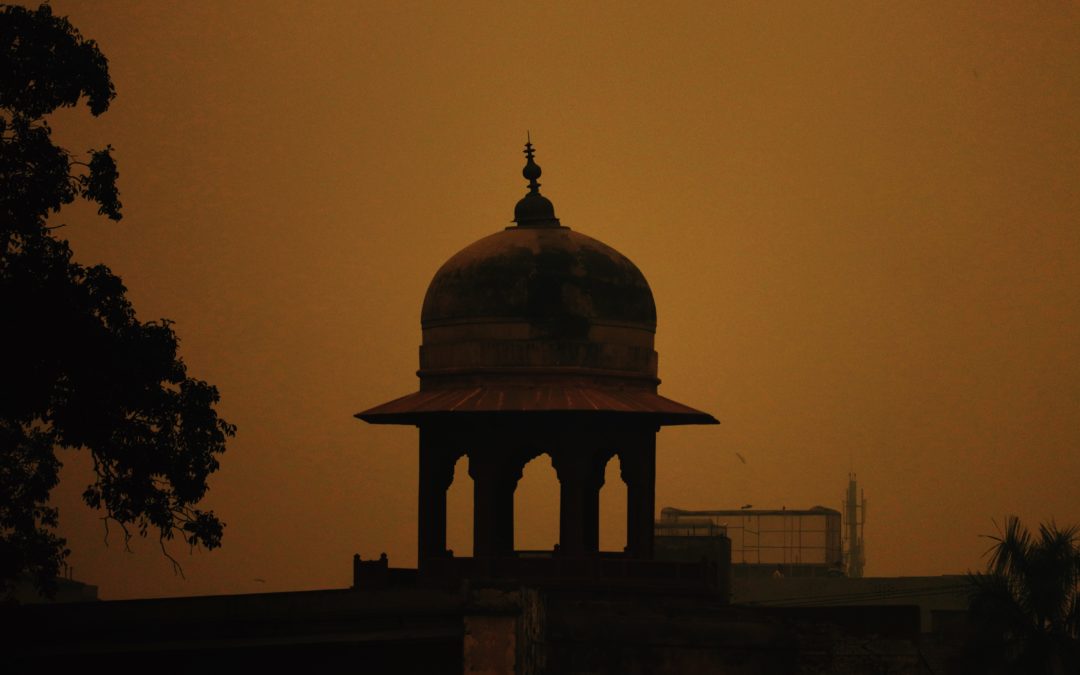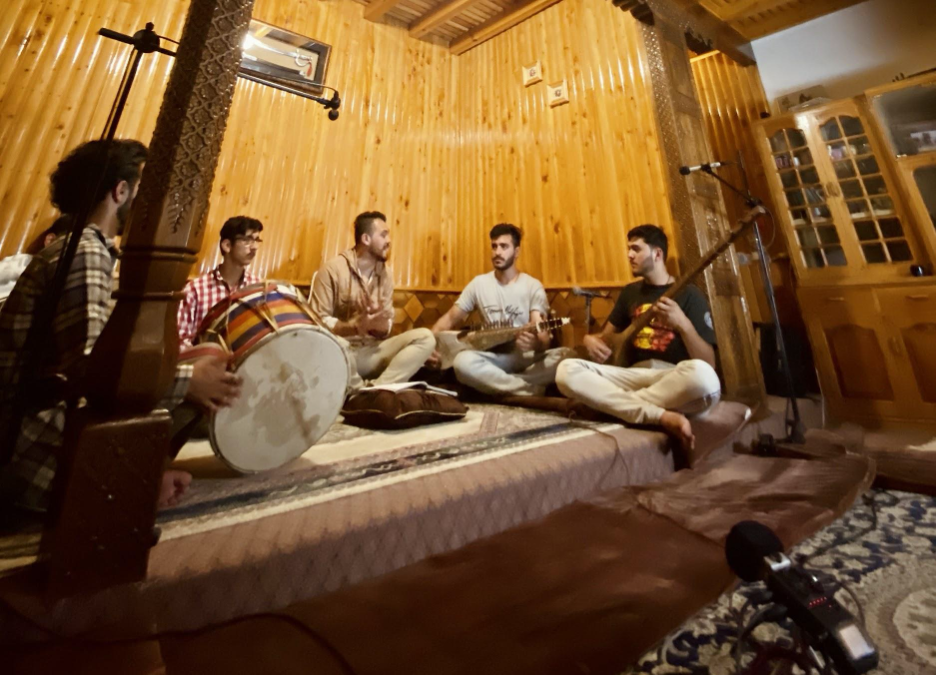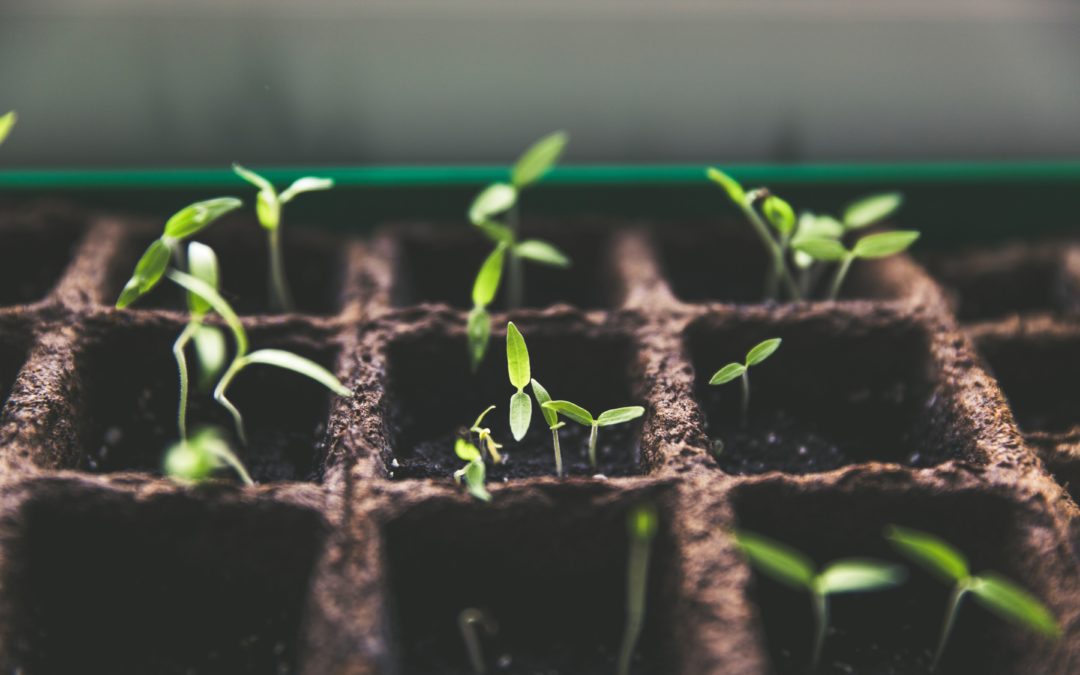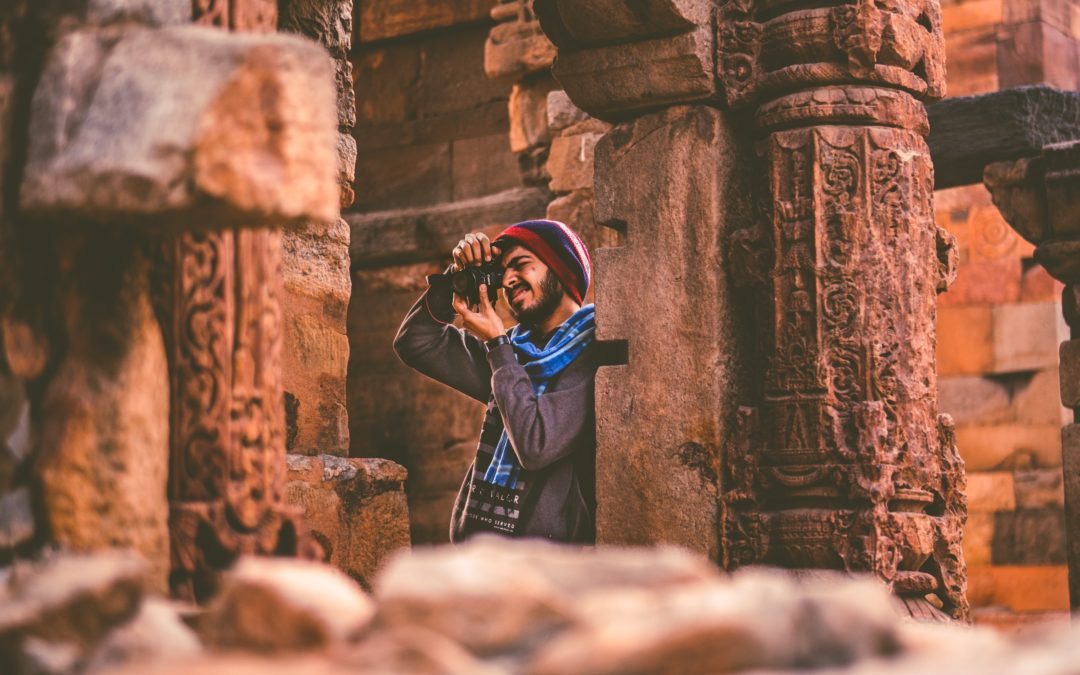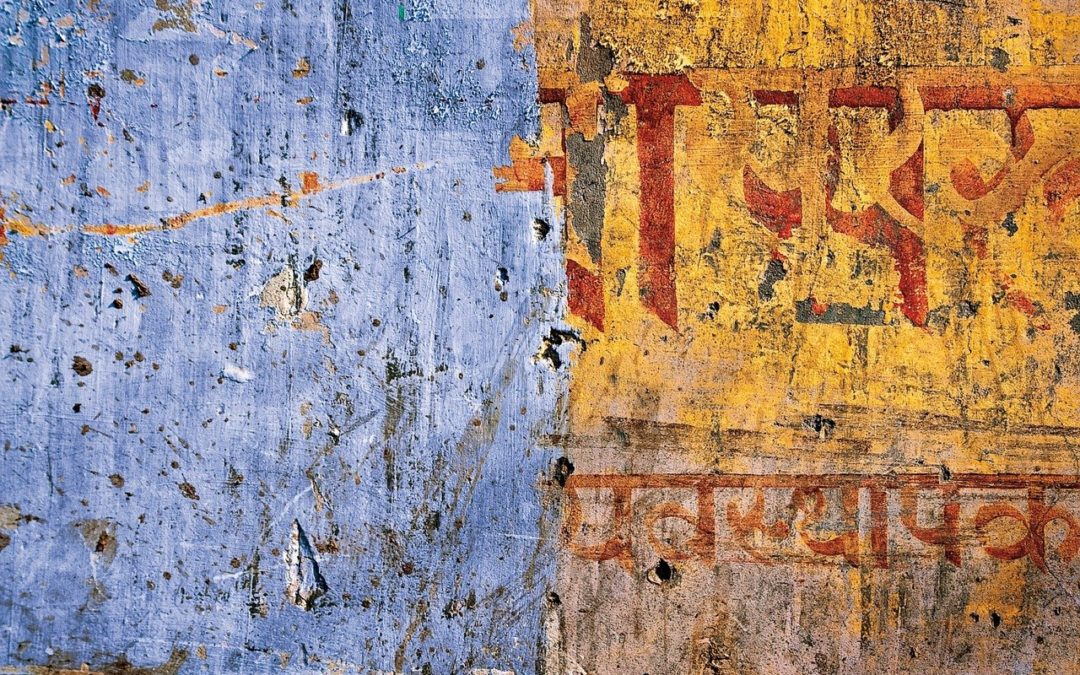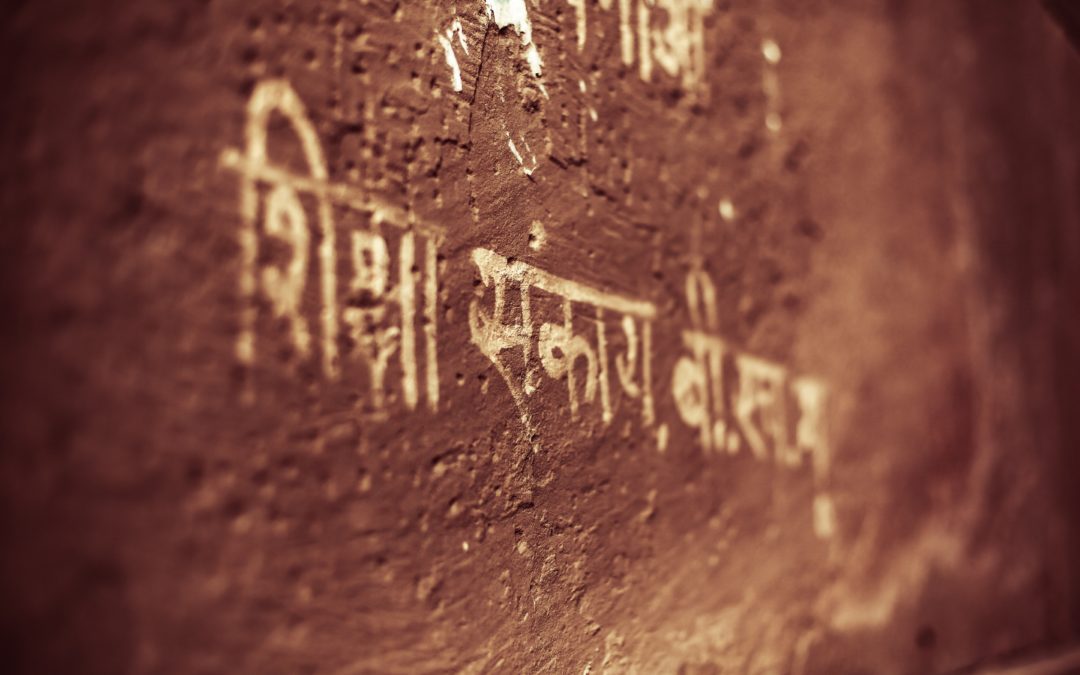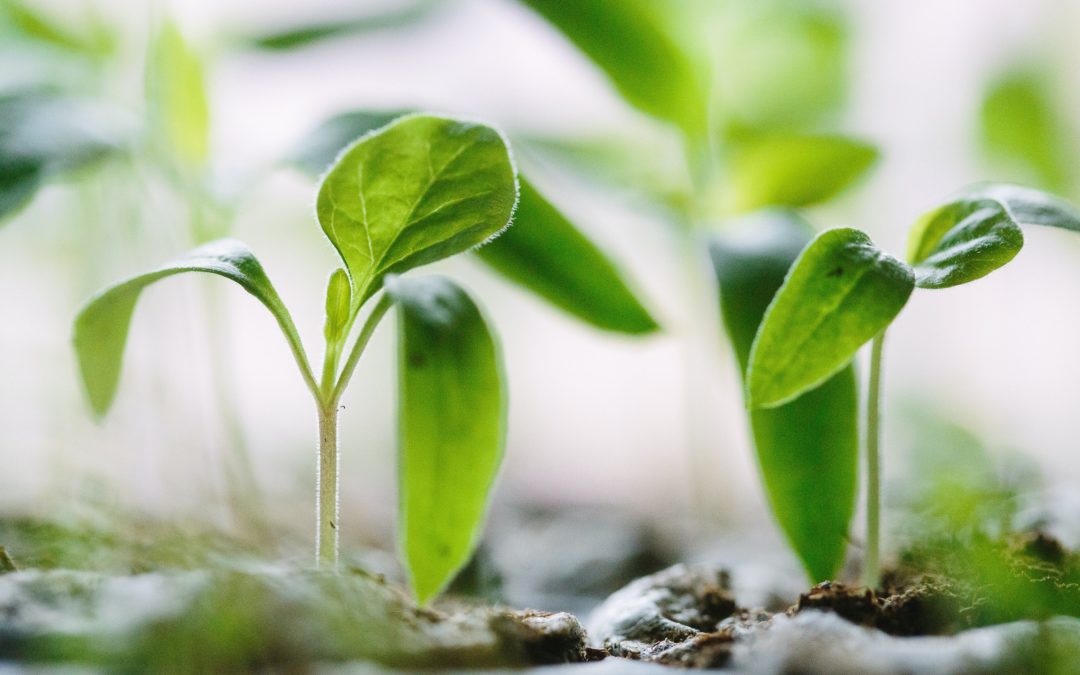Advancing COVID-19 Education and Fighting Misinformation in India

Through the Mittal Institute’s 2020 Seed for Change Exploratory Grant program, recipients Sahana Bail and Kanishk Mittal set out to create a preventive COVID-19 health education program in India. Their three goals are to educate students of the program about the benefits and logistics of proper mask use and hand hygiene, early recognition of COVID-19 symptoms and what to do if a child has it, and bust the myths related to the intersection of food and COVID-19.

